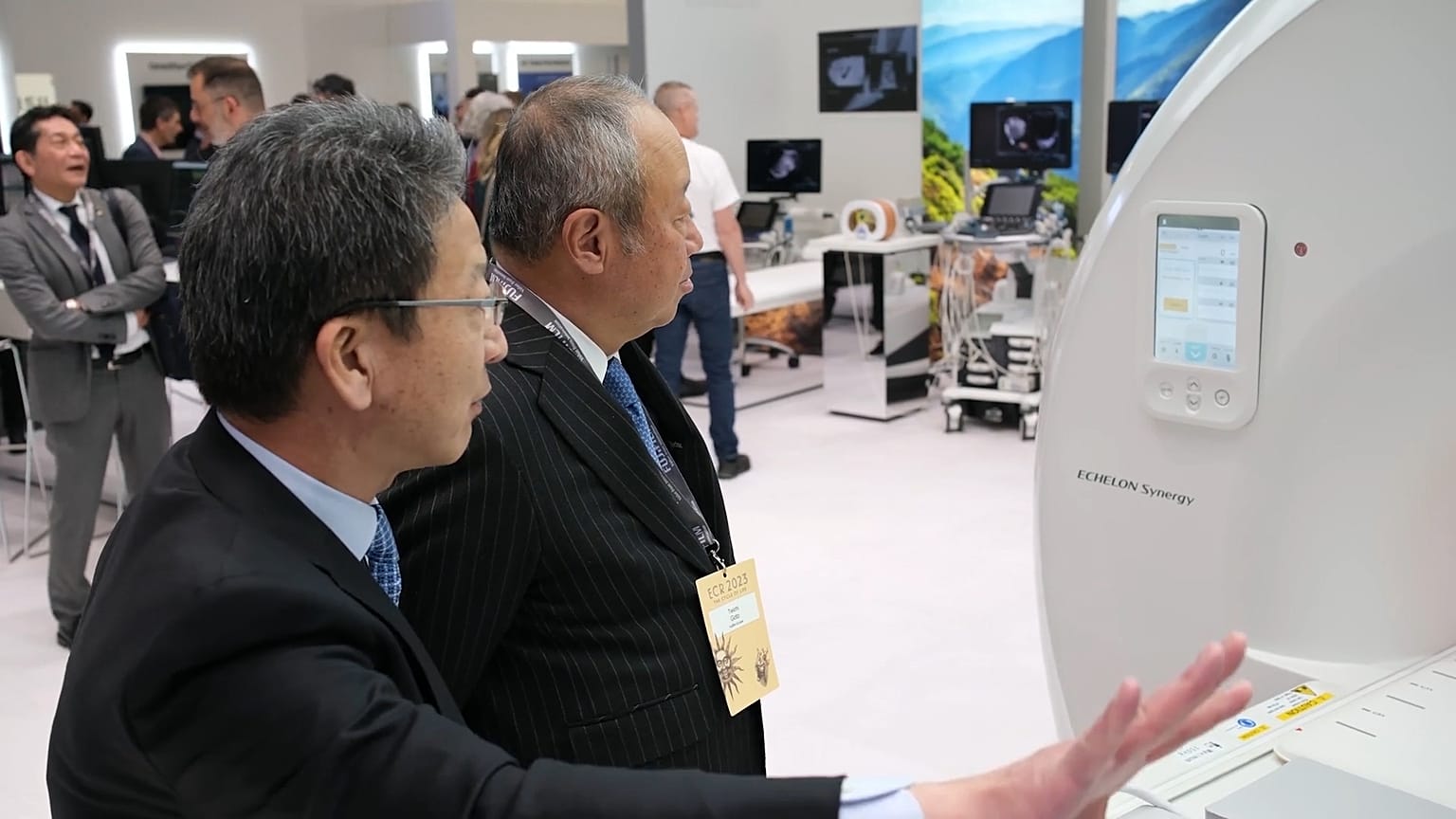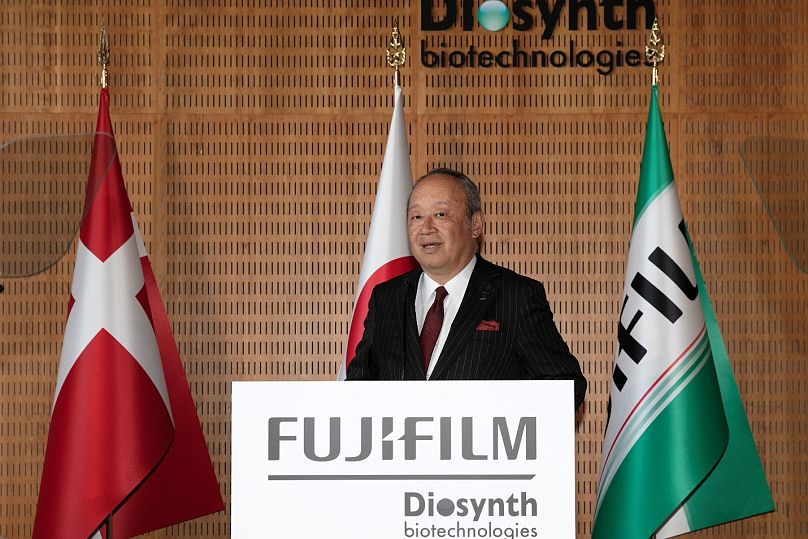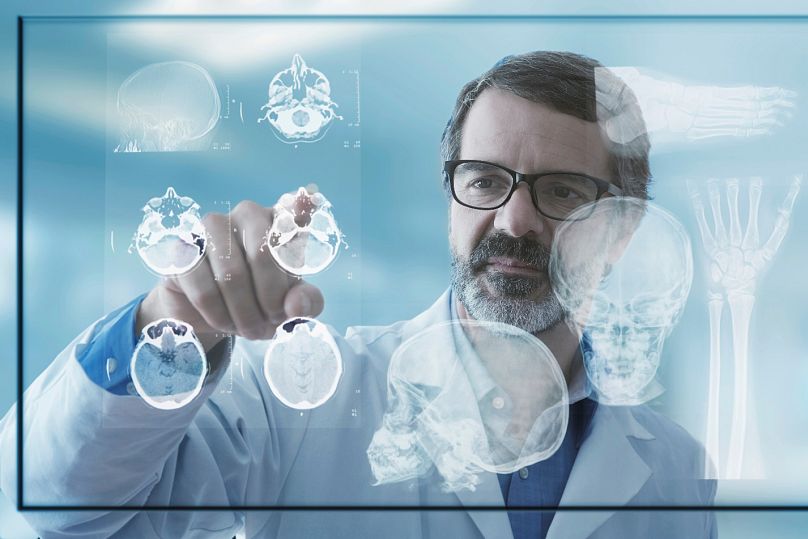What drives a company to succeed even as their core product is disrupted by technology?
Few examples of business model and product disruption are as extraordinary or infamous as the demise of photography film following the invention of the digital camera.
The industry shift from analogue to digital photography eventually led to the downfall of Kodak, the American manufacturer of camera film. But it wasn’t the same fate for rival, Fujifilm. The Japanese multinational responded by reinventing their business and betting big on the future of healthcare.
Fast forward 25 years and Fujifilm has successfully pivoted to a diversified conglomerate with healthcare products and services - the biggest of its five operating segments - at their core. Healthcare generates over 32 per cent per cent of global revenue and will account for over 50 per cent in the coming decade.
The other business segments generating the majority of revenue - 1,724 billion yen (€11.64 billion) - this past financial year are also based on the company’s high-tech film technology.
Fujifilm manufactures industrial products such as sensors and filters, electronic materials for LCD TV panels and for semiconductors, as well as consumer and professional imaging technologies, office products and printers.
Speaking about Fujifilm’s diverse business segments and recent investments in healthcare, President and Chief Executive Officer, Teiichi Goto said being disciplined yet creative has led to many more opportunities for the company, such as finding new commercial applications for its film technology.
“We reached a peak for the photographic film business in the year 2000 and from there revenue really declined. There was a clear need to change and everyone from engineers to management could see this was inevitable. Our technology and chemical operations, the strong Japanese brand and our corporate culture helped us ride this incredible wave of change onto something new.
“Today, I am leading a diversified and growing business with technology and healthcare at the core,” Goto said.
Healthcare strategy fuelled by billions of investment
In 2021, Fujifilm acquired Hitachi Diagnostics Imaging for $1.63 billion (€ 1.5 billion) to increase its capabilities and offering in diagnostic technologies. The acquisition added CT, MRI scanners and ultrasound technologies, for example, to the company’s existing portfolio of clinical products and will help meet global demand for medical technologies and innovations.
“The healthcare industry around the world is facing a variety of challenges including an ageing society, a shortage of healthcare professionals, increasing energy costs and digitalisation. We hope having an extended portfolio of clinical products will help our customers and partners reduce the burden on patients and on healthcare professionals,” he said.
Following the completion of the acquisition, all Fujifilm’s existing healthcare subsidiaries in Europe together with the Hitachi business will be known as Fujifilm Healthcare.
Increasing production capacity in Europe
In addition to this acquisition, over the last five years the company has invested over €4 billion in strategic projects to boost the manufacturing capabilities as the contract development operations accelerates.
Fujifilm’s Biologics Contract Development and Manufacturing Organization (CDMO) is an outsourcing business that manufactures medical products and biopharmaceuticals for the pharma industry. This is another major growth area for the company.
“We wanted to increase production capacity at our Danish and UK sites because the demand from our pharma partners is growing much faster than the market rate. We see a lot of opportunity here in Europe with our contract development operations”.
When asked about how other businesses can respond to market changes as Fujifilm continues to do, Goto emphasised the importance of looking back to determine the best way forward.
“For us, the path to healthcare actually began very early on. Two years after its founding, in 1936, Fujifilm made film for X-ray machines in hospitals and in the early 80s, we launched the world's first digital X-ray in Japan before moving into digital radiography, endoscopy and healthcare IT. We’ve continued to build on things we started to do a long time ago.
“Simply harvesting what our predecessors have done just isn’t enough,” he concluded.
- To watch the entire video on Fujifilm’s growth drivers, recent acquisitions and European investments with the President and Chief Executive Officer, Teiichi Goto - please click on the media player above.



